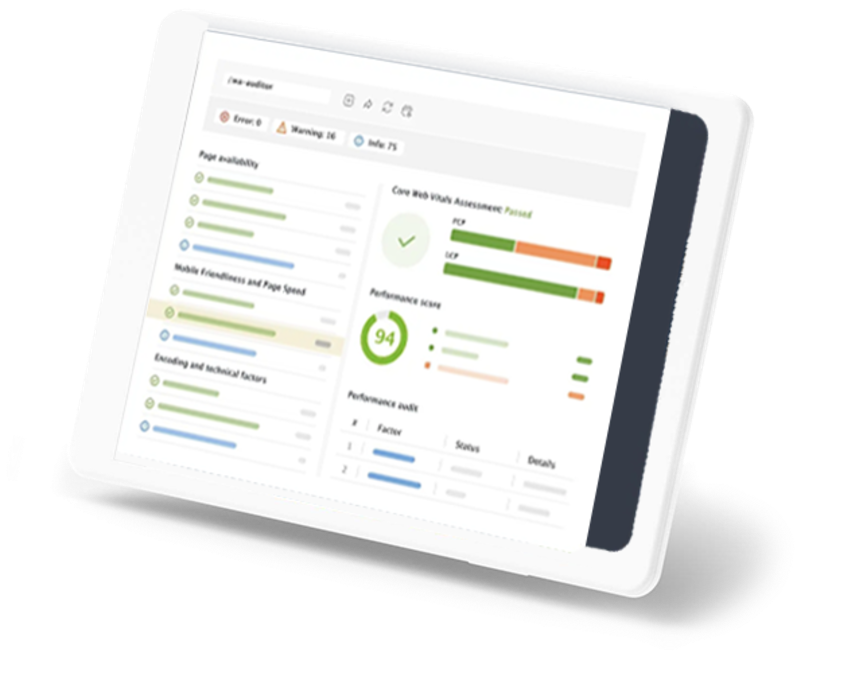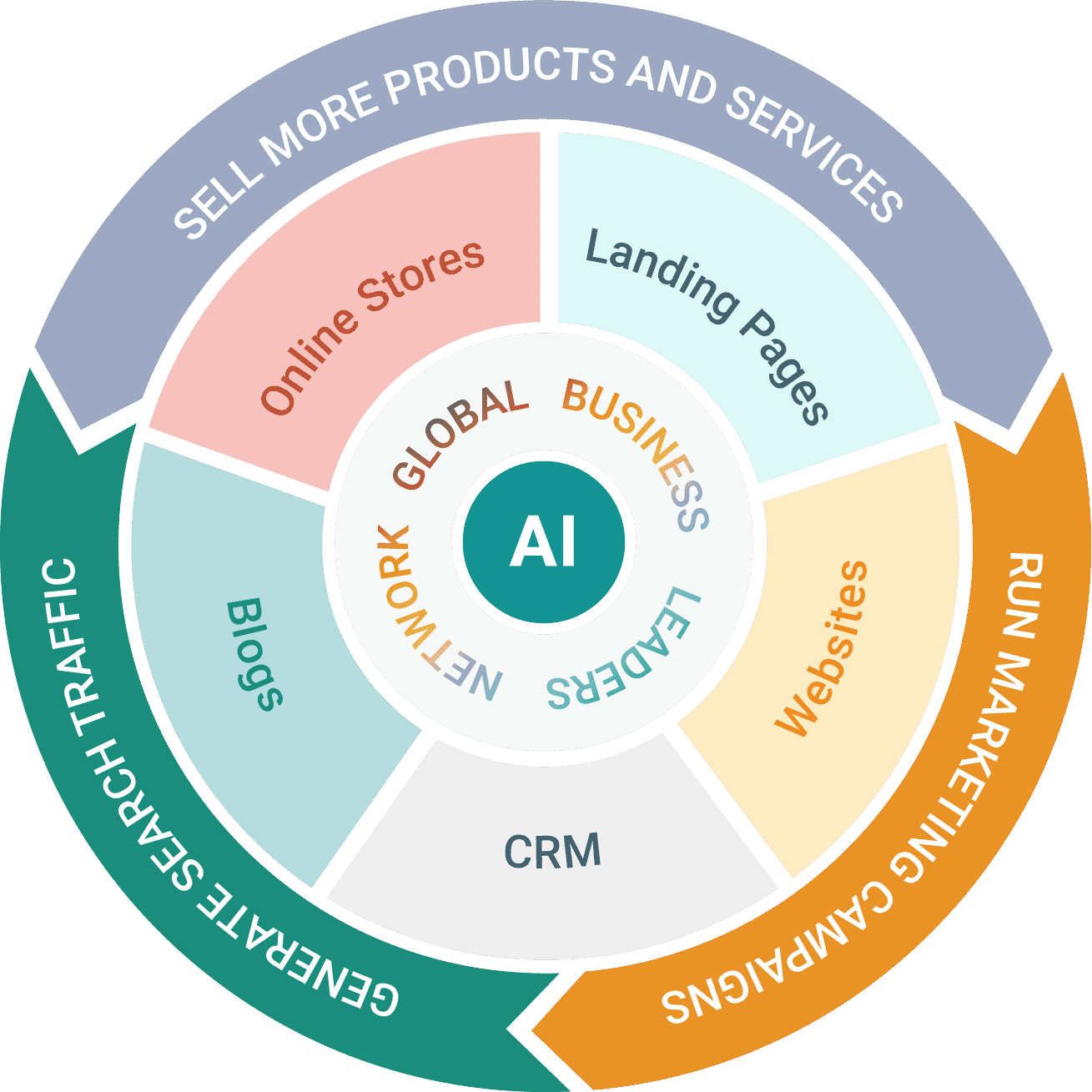Six Best Practices for B2B eCommerce
Adobe Experience Cloud
Apr 15, 2021
Hey everybody, I’m Ryan with Magento. You know, not everything that gets sold online goes right to an end consumer. In the past decade, there’s been an accelerating trend of business to business or B2B commerce moving its way online, with 93 percent of business-to-business buyers saying they prefer to purchase on the internet.
If you’ve got businesses as your customers, even if it’s just a small portion of your buyer base, it’s time to start paying close attention. Today, I’m going to show you six ways to do B2B commerce right. So just how different is B2B commerce from traditional online selling? While a lot of the process seems like it should be similar, there are touch points throughout where the right technology makes all the difference.
First up, Quotes. The B2B buying process can be completely different from a traditional customer experience. Business buyers often require an itemized quote of everything they’re planning to buy, so they can get approvals or funding to complete the transaction. This means you need the ability to lock in both the contents and the price of your customer’s shopping cart and arm them with the materials they need to finish their process.
Now this does represent a pretty major feature enhancement to the cart, but it could bring in some huge orders. The Number two, negotiation. B2B customers spend a lot of money, and that means they’ll want to negotiate, which is something you rarely see in the direct consumer world. If you have a sales staff that negotiates special rates for your B2B customers, for example, you’ll need a tool where the sales staff can log in, manage quotes, and apply these special discounts and negotiated prices.
These manual overrides empower your staff and are critical if you want B2B player. Number three, multiple logins. If you’re a B2B buyer, you might need many people at your company to be able to log in and add items to a quote, submit approvals, or review details. Sharing a password or huddling around a single computer screen are pretty bad practices, and that’s why the best B2B sites offer individual logins for each employee, an ability to set roles and permissions, and a way to manage them all through a master company account.
We’re all used to browsing product and category pages on websites, but what if you want to buy hundreds of items? This happens to business buyers constantly, and they usually already have CSV files or lists of items they want by SKU. A great B2B commerce site allows shoppers to upload a bulk list of items they want to buy.
The items go right into the cart, saving potentially hours of procurement time, and increasing your chances of closing the sale. B2B customers are often buying in bulk and have strict requirements around how and when they receive their products. So, it pays to have visibility into your inventory and orders.
This means knowing real time inventory from across your supply chain and using automated business rules to optimize fulfilment costs and delivery times. With this in place, not only will you deliver a better experience to your B2B customer, you’ll also increase profitability. And finally, B2B analytics.
When dealing with business buyers, the whole customer journey changes, and so your analytics have to change too. Everything we’ve talked about here impacts how you study and optimize your business. Quotes are an extra conversion step. Negotiation impacts margins. Multiple users means new actions and handoffs that could trigger specialized marketing.
You have to make sure your analytics are optimized for B2B. So how do you get all these best practices rolled out on your site? Well, Magento 2. 2 has it all. Magento is named a B2B commerce leader in the Forrester wave and powers more businesses on internet retailers B2B 300 than any other platform. And with our complimentary tools like Magento order management and Magento business intelligence, you can become an unstoppable force in B2B.
Head on over to Magento. com to learn more. Thanks for watching.
Source: https://www.youtube.com/watch?v=CWCpyxayuPQ
























